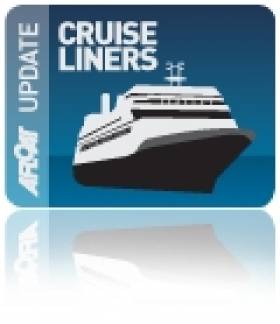Displaying items by tag: State Visit
A Former Royal is Set to Return
At 6,000 tonnes, the luxuriously appointed expedition cruiseship caters for only 132 guests. She is designed to explore remote waters and with an ice-strenghtened hull she can provide destinations that include the polar ice-caps. Shore-based excursions from the ship are taken by a fleet of Zodiac-craft to transport passengers to isolated locations.
Onboard the Bahama-flagged vessel, passenger can browse in the boutique, sip a drink in the internet café, enjoy a full-service spa, take a beauty treatment in the salon, get fit in the gym or take it easy in the sauna. Plus there's live-evening entertainment and not forgetting the two top-deck whirlpools.
For a vessel of this size her facilities are comparatively impressive to the large cruise giant's such as the Grand Princess. She became the first cruiseship to measure over 100,000 tonnes when she made an inaugural call to the capital in 2004.
Nearly 300m long the vessel is the equivalent in length to three football pitches. The ship may not actually feature a playing pitch though she does have a nine-hole putting golf course!






























































